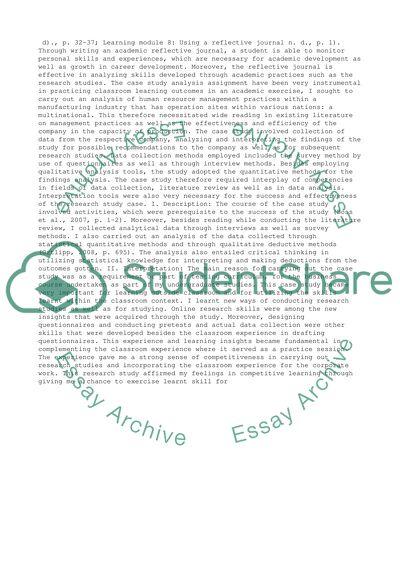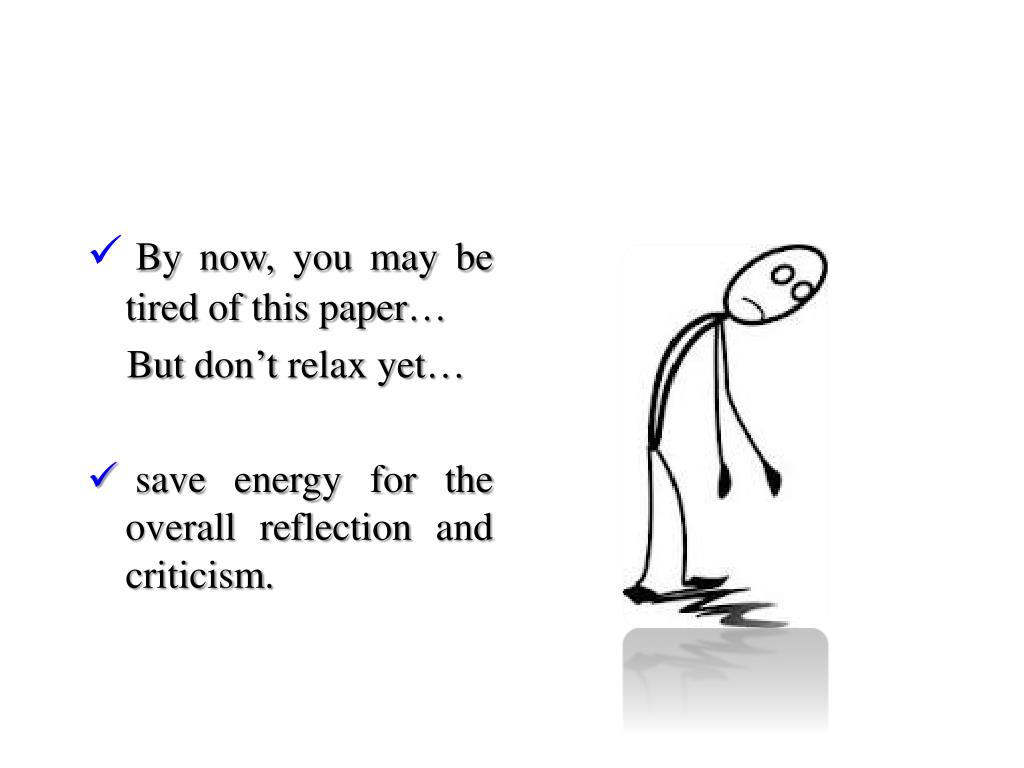
Deep reflection
· Writing a reflective document: The DIEP framework. DIEP:= Describe -> Interpret -> Evaluate -> Plan. D-Describe. Describe objectively what you learned from the incident; Respond to the question: “What did I observe, hear, and learn from the incident?” I-Interpret. Explain your personal interpretation of the learning you DESCRIBED DIEP Strategy for writing a reflection. In your entries, attempt to: • analyse your own performance as a learner • evaluate your gains in understanding and completing tasks • verbalise how you feel about your learning • make connections with other experiences, ideas • demonstrate transfer of learning DIEP* is a strategy to help with writing a critical or academic reflection in four paragraphs. The four steps in this approach are to d escrib e an insight (new understanding), to in terp ret and evalu ate it, and to p lann how it might transfer to future practice or learning. First, select an experience or insight to reflect on. Then attempt to

Study skills
Deep reflection The asking of questions to aid reflective practice is often called ‘deep reflection’. There are two type of questions; ‘closed’ and ‘open’ questions: A closed question can be answered with ‘Yes’ or ‘No’ which doesn’t tell us any other information. An example of a closed question is ‘Did you learn something? The DIEP strategy The DIEP strategy The four steps in this approach (adapted from Boud, D , Reflection: Turning Experience into Learning) are to describedescribedescribe, interpret interpretinterpret, evaluate evaluateevaluate and plan planplan View Diep blogger.com from ENGLISH CO at George Brown College Canada. Assignment #1: Beginning Reflection CRN: Faith Ashley Student ID: 5/5 Diep On Personal Event Most

Video tutorial
· Writing a reflective document: The DIEP framework. DIEP:= Describe -> Interpret -> Evaluate -> Plan. D-Describe. Describe objectively what you learned from the incident; Respond to the question: “What did I observe, hear, and learn from the incident?” I-Interpret. Explain your personal interpretation of the learning you DESCRIBED DIEP strategy for writing a reflection. In your entries, attempt to: • analyse your own performance as a learner. • evaluate your gains in understanding and completing tasks. • verbalise how you feel about your learning. • make connections with other experiences, ideas. • demonstrate transfer of DIEP Strategy for writing a reflection. In your entries, attempt to: • analyse your own performance as a learner • evaluate your gains in understanding and completing tasks • verbalise how you feel about your learning • make connections with other experiences, ideas • demonstrate transfer of learning

Questions for deep reflection
DIEP Strategy for writing a reflection. In your entries, attempt to: • analyse your own performance as a learner • evaluate your gains in understanding and completing tasks • verbalise how you feel about your learning • make connections with other experiences, ideas • demonstrate transfer of learning DIEP* is a strategy to help with writing a critical or academic reflection in four paragraphs. The four steps in this approach are to d escrib e an insight (new understanding), to in terp ret and evalu ate it, and to p lann how it might transfer to future practice or learning. First, select an experience or insight to reflect on. Then attempt to Use the DIEP process to guide your reflective writing and help you stay focused and on task. Expand all sections Describe 1. Describe the insight An insight is something new that you learned or realised. The insight must be relevant to the course and ideally could change your thinking or behaviour in the future
Getting started at uni
Deep reflection The asking of questions to aid reflective practice is often called ‘deep reflection’. There are two type of questions; ‘closed’ and ‘open’ questions: A closed question can be answered with ‘Yes’ or ‘No’ which doesn’t tell us any other information. An example of a closed question is ‘Did you learn something? DIEP strategy for writing a reflection. In your entries, attempt to: • analyse your own performance as a learner. • evaluate your gains in understanding and completing tasks. • verbalise how you feel about your learning. • make connections with other experiences, ideas. • demonstrate transfer of · Writing a reflective document: The DIEP framework. DIEP:= Describe -> Interpret -> Evaluate -> Plan. D-Describe. Describe objectively what you learned from the incident; Respond to the question: “What did I observe, hear, and learn from the incident?” I-Interpret. Explain your personal interpretation of the learning you DESCRIBED
No comments:
Post a Comment